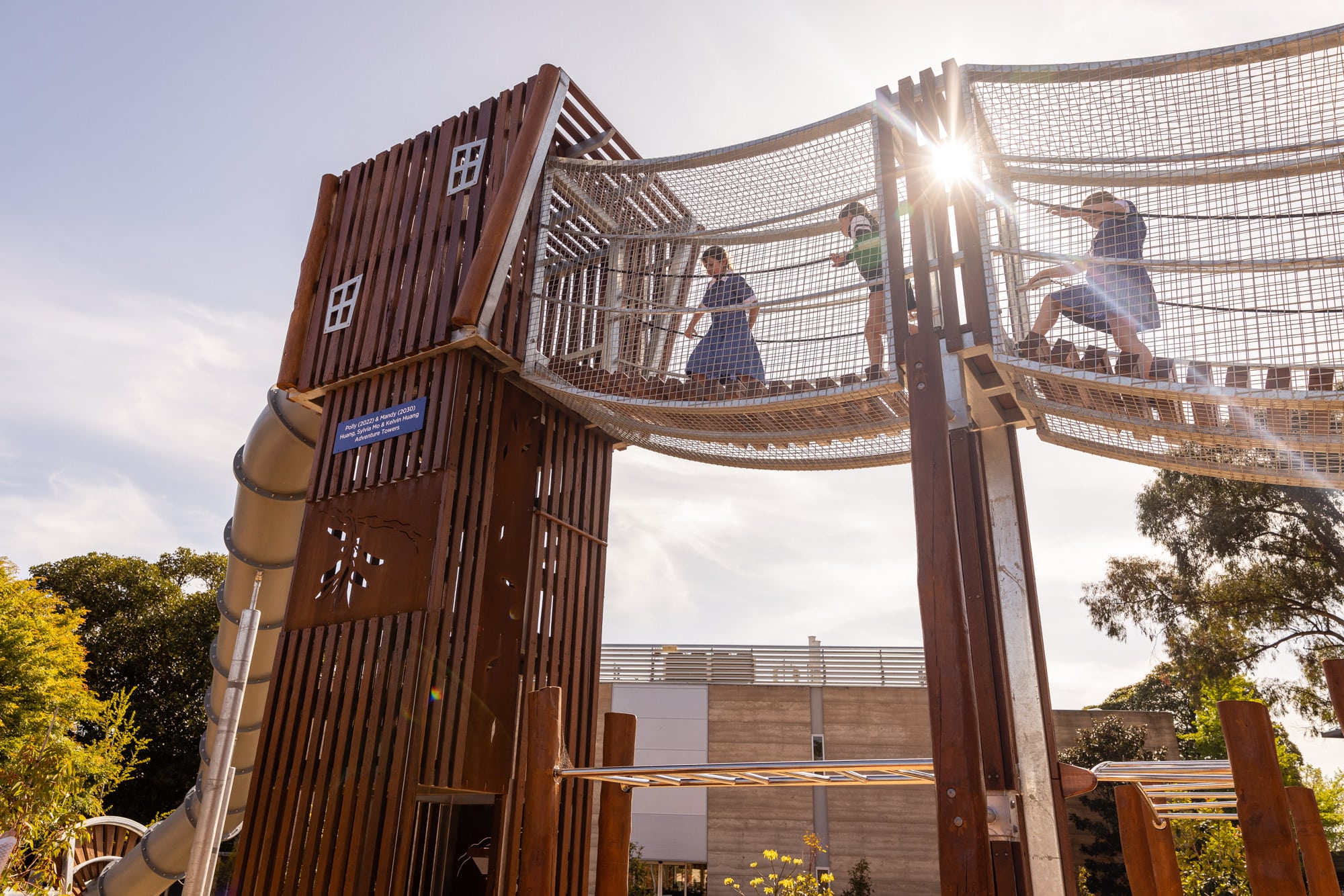The benefits of active play
I am in agreement with Dr Karen Martin from the University of Western Australia when she writes that playgrounds should encourage physical activity, social interaction, creativity and problem solving.
Active play promotes emotional wellbeing, positive mood, resilience and enhances the learning process. As is further reported in the Play England report on creating successful play spaces, outdoor play is particularly valuable as it provides unique opportunities to experience the elements and to have the sense of enjoyment that being outdoors can bring.
Children and young people today have fewer opportunities for outdoor play because of increasing urbanization and concerns about risk. Eberle in 2014, noted that there were six elements which defined ‘play’ and these were: anticipation, surprise, pleasure, understanding, strength and poise. Not only should play enable moderate to vigorous physical activity, but it should also enable the development of social skills and cognitive development. Play allows children to master newly acquired skills and also to adapt the skills they have learned to new situations.

New playgrounds reflect the essence of Howqua
It has been an exciting part of our new construction at Lauriston to work with our landscape architects in the design of three new playground spaces for our early learning and Junior School children, though I suspect that our nature playground may also be used in the future by our Years 7 and 8 secondary students.
I believe that we have given consideration to the ten principles for designing successful play spaces:
1. Bespoke
2. Well located
3. Make use of natural elements
4. Provide a wide range of play experiences
5. Are accessible to both disabled and non-disabled children
6. Meet community needs
7. Allow children of different ages to play together
8. Build in opportunities to experience risk and challenge
9. Are sustainable and appropriately maintained
10. Allow for change and evolution
The play space between the Ullmer Sports & Wellbeing Centre and the Years 5 & 6 Centre was very much, in my own mind’s eye, going to be nature-based where our students could challenge themselves on the equipment provided and undertake active play. The dominant feature of this particular play space is the slide and its accompanying monkey bars, scramble nets and climbing ladders. In addition, the play space will include a low–level agility trail and a court for playing netball and four-square. The landscape will encompass natural rocks and a dry river– bed, plantings of native trees and shrubs, and quiet spaces with seating for the children.
Landscaping to maximise play benefits
Our aim was to re-create the spirit of our Howqua campus in this play space with a view to providing a natural setting for the children and including a sense of adventure and challenge which characterizes our Howqua campus. The playing space will allow our children the opportunity to use their problem solving, creativity and initiative while offering some challenge in their play. The children will be exposed to some reasonable risk which they will learn how to assess and manage, thus supporting the building of self-confidence and adaptability which are important elements of our Howqua program.
We have included a plexi-pave games space which will sit close to the Ullmer Sport & Wellbeing Centre for playing ball games of different types. This space will enable the students to continue building their physical literacy skills.
The play space in front of the Years 5 & 6 Centre will be designated for our Prep to Year 2 children and while compact, there are different activities for them including climbing and negotiating obstacles and running. We hope that the inclusion of space for a vegetable and flower garden will promote an interest in growing and harvesting vegetables by the children, and there will be spaces for quieter games.
When the Blairholme Early Learning Centre construction is completed there will be two significant play spaces for the children. While there will be natural rocks and seating spaces, sandpits, pathways for riding bikes and some fixed play equipment, our intention is to offer as much grassed and equipment-free space to the children as possible. Over-landscaping may diminish active play options for the children and we are in favour of the children making their own play through the use of ‘loose parts’. The beautiful trees of Blairholme will form a wonderful space for play and we will be including additional plantings.
Fiona Ireland, our Director of the Lauriston Kindergarten, has often commented to me that play spaces should not be overly engineered and filled with equipment because this defeats the purpose of the children using their imaginations and creating their own games. Josh Chia, our landscape architect from ACLA also holds a similar perspective in that the aim is to create a play space which invites exploration and creativity. Our play spaces will enable sensory stimulation through a range of sources such as the different natural materials being used, the plantings and the sounds of nature which should be promoted through our landscape plantings.
The play spaces form an exciting part of our new construction and along with the trees and plantings that will be used around the Ullmer Sport and Wellbeing Centre, we hope this will create another ‘green’ space for our students and staff to enjoy and use.
Susan Just, Principal
SHARE THIS ON

